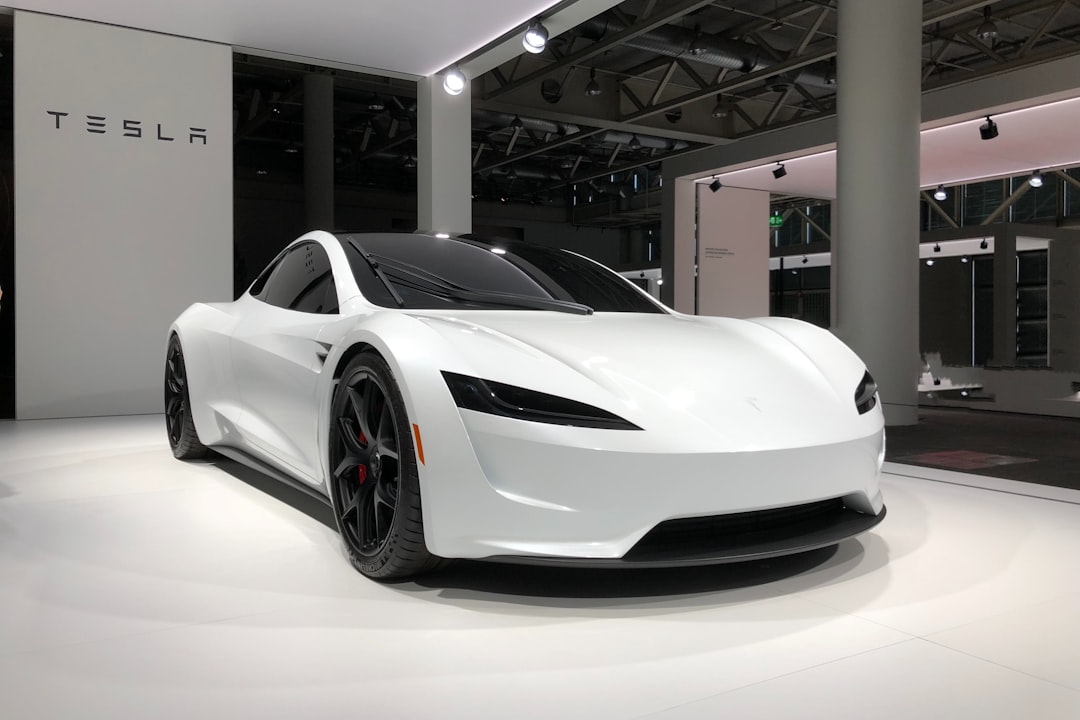Tesla’s (NASDAQ: TSLA) new-vehicle registrations in Sweden plunged 53.7% year-over-year in May to just 503 units, according to Mobility Sweden data reported on Monday. This sharp drop underscores growing headwinds for Tesla in a market where local EV champions and pricing competition have gained traction.
Market Dynamics Behind the Decline
-
Increased Competition: Established European brands like Volvo, Polestar, and Volkswagen have expanded their EV lineups, often at more attractive price points—especially given recent incentives in Sweden.
-
Price Sensitivity: Inflationary pressures and higher financing costs have made Swedish consumers more price-conscious, prompting them to consider lower-cost alternatives.
-
Supply Chain Shifts: Tesla’s global prioritization of newer models (Model Y and Cybertruck) may have constrained local Model 3 inventory, causing some prospective buyers to wait or switch brands.
Despite this slump in Sweden, Tesla’s overall valuation metrics remain robust. To see how Tesla’s current profitability and leverage stack up against peers—key factors when European sales falter—review its latest ratios via the Ratios (TTM) API.
Broader EV Sector Trends in Europe
While Tesla’s Swedish numbers dipped, the European EV segment continues to expand, driven by supportive regulations and new model launches. Historical sector performance suggests volatility when a market leader like Tesla underperforms, but overall EV adoption trends remain strong:
-
In markets such as Germany and Norway, Tesla still commands significant share, but its dominance is eroding.
-
Local brands’ aggressive pricing and localized incentives (e.g., bonus-malus in Sweden) have drawn budget-conscious buyers.
For a multi-year view of how global auto and EV-focused equities have responded to regional sales shifts and regulatory changes, consult the Sector Historical API, which tracks performance of the broader automotive sector across past cycles.




